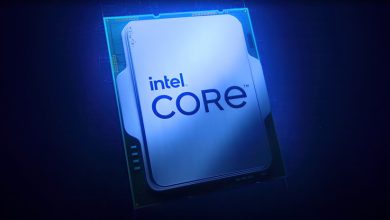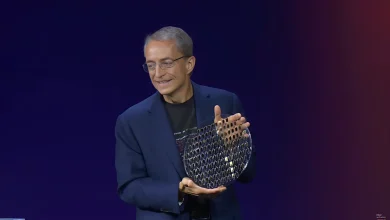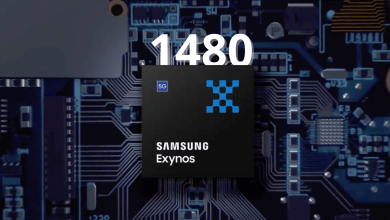Samsung Unveils GDDR6W Memory Offering 2x More Bandwidth And Capacity Over Traditional GDDR6
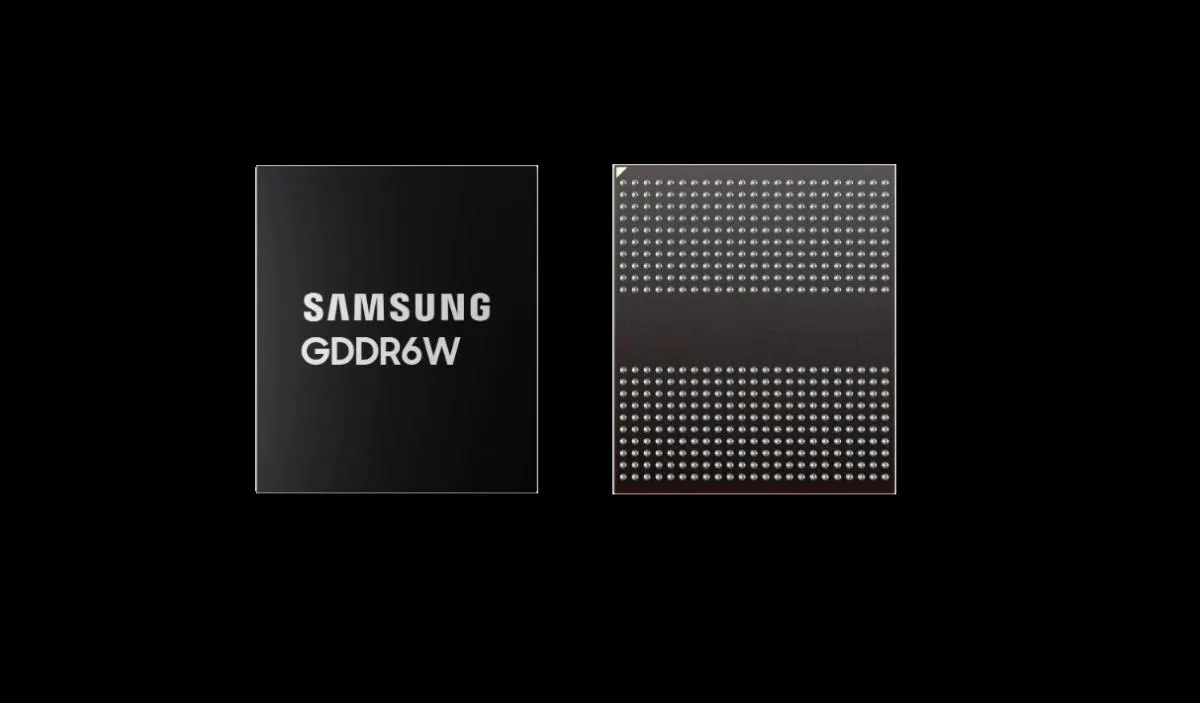
Just recently, Samsung showcased their upcoming GDDR6W memory, the world’s first next-gen graphics memory solution. As the demand for more and faster memory increases, so does the cost. To tackle such challenges, Samsung using their proprietary FOWLP is now developing GDDR6W memory. This memory will have 2x more bandwidth and capacity as compared to traditional GDDR6 while using a smaller package size.
The Need
In its press release, Samsung added a slight twist of ‘Virtual Reality‘ and the ‘Metaverse‘ to, well, catch more attention. The basic idea is that importing and rendering objects in a virtual environment is a taxing task. Over the past few years, this simple task has become more and more intricate due to the increase in the need for memory size and bandwidth. Similarly, simulations have also taken off which as the name suggests, reproduce complex real-world scenarios in a virtual environment.
This is the central idea behind one of the most popular concepts in virtual reality: digital twin. A digital twin is a virtual representation of an object or space. Updated in real-time in accordance with the actual environment, a digital twin spans the lifecycle of its source and uses simulation, machine learning and reasoning to help decision-making. While until recently this was not feasible proposition due to limitations on data processing and transference, digital twins are now gaining traction thanks to availability of high bandwidth technologies.
~Samsung
For gamers, calculations such as ray tracing which take place in real-time are extremely complicated to say the least. The keyword here is ‘real-time ray tracing’ which happens alongside normal rasterization functions. As per Samsung, each RT scene takes upwards of “60 to 140 pages worth for one second of an in-game scene”.
To solve all these problems, Samsung is developing GDDR6W (x64), the first next-generation graphics DRAM technology.
Fan-Out Wafer-Level Packaging (FOWLP) Technology
Now doubling the capacity and performance does not come without new innovations. GDDR6W brings forth Samsung’s Fan-Out Wafer-Level Packaging (FOWLP) or FOWLP, for short, technology. Fear not because this technology isn’t as complicated as it sounds. GDDR6W is based on Samsung’s GDDR6 memory with double the I/O pins (32 -> 64). What’s interesting is that this memory type has a size similar to GDDR6 using Samsung’s new stacking approach.

As this memory is equipped with 2x more memory chips in an identically sized package (Compared against G6), the graphic DRAM capacity has increased from 16Gb – 32Gb. This leads to a 50% memory size (area) reduction as compared to previous models.
Generally, the size of a package increases as more chips are stacked. But there are physical factors that limit the maximum height of a package. What’s more, though stacking chips increases capacity, there is a trade-off in heat dissipation and performance. In order to overcome these trade-offs, we’ve applied our FOWLP technology to GDDR6W.
~ Samsung
With GDDR6W, the memory dies are attached to a silicon wafer instead of a PCB. Due to this, an RDL (Re-distribution layer) is applied which enables much finer wiring patterns. Oh, did I mention that no PCB is involved? The lack of a PCB reduces the thickness and improves heat dissipation.
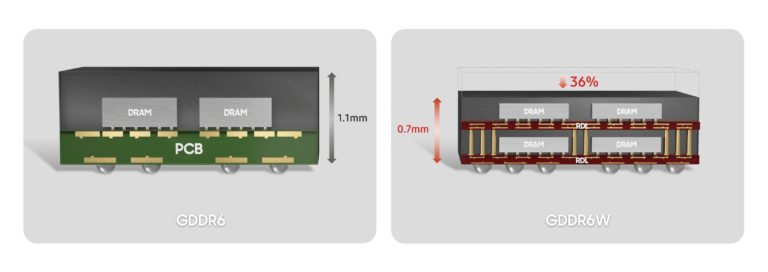
GDDR6W can generate as much bandwidth as HBM at the system level. Using 512 I/O pins and 22Gbps memory, a GDDR6W-based system has 1.4TB/s of system-level bandwidth. HBM on the other hand needs almost 8x more I/O pins standing at a massive 4096 using much slower 3.2Gbps memory to reach 1.6TB/s of system-level bandwidth. Furthermore, since G6W does not use microbumps due to the smaller I/O count, it is much more cost-effective without needing an interposer layer.
| Features | GDDR6W | HBM2E |
| The number of System Level I/O | 512 | 4096 |
| Pin Transmission Speed | 22Gbps | 3.2Gpbs |
| System Level Bandwidth | 1.4TB/s | 1.6TB/s |
Release Date
Now for the real question, when will we see this memory in action? Samsung completed the JEDEC standardization for GDDR6W products in the second quarter of 2022. Samsung stated that with the help of GPU partners, it will branch out the use of G6W memory to small form factor devices such as notebooks as well as high-performance accelerators.
Source: Samsung


